Abandoned Village of Esco
A Franco-era dam flooded (almost) everyone out of this centuries-old Aragonese town.
While the village of Esco dates officially back to at least the 12th century, archaeological evidence suggest the land around the village has been inhabited more or less continually since the Bronze Age. Witnessing the rise and fall of the Roman Empire, conquest by the Vandals and the Moors, the unification of the Spain, and the proxy war that presaged World War II, Esco was ultimately abandoned due to an act of civil engineering.
Built in 1959, the Yesa Dam was constructed to create a supply of irrigation and drinking water for the surrounding area. The resulting reservoir flooded the farmlands of Esco (as well as the nearby towns of Ruesta and Tiermas), leaving the inhabitants with poor prospects for the future. As a result, the village was abandoned in 1960.
However, unlike Ruesta and Tiermas, Esco was not completely abandoned; today, four people still live in Esco, keeping flocks of sheep in the grazing lands that are still accessible above the town. They make their homes among the town’s three streets and 60 houses that continue to decay and collapse into ruin.
Additionally, the village church of San Miguel still stands. The building is late Romanesque/early Gothic, dating probably to 12th-13th centuries. Only a part of the church’s roof is collapsed; it is otherwise in sound condition, with a sturdy stone staircase leading to the top of the bell tower.
Know Before You Go
The village can be clearly seen from the N240. Road is blocked, so only accessible on foot.


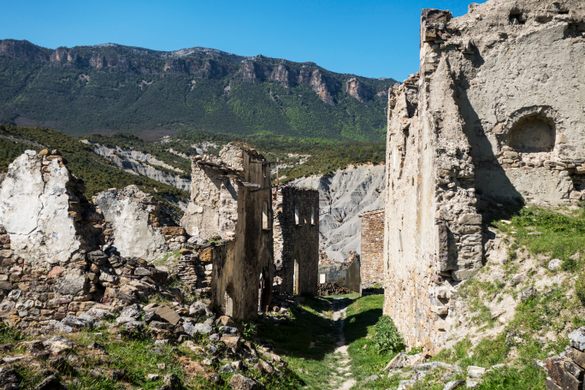
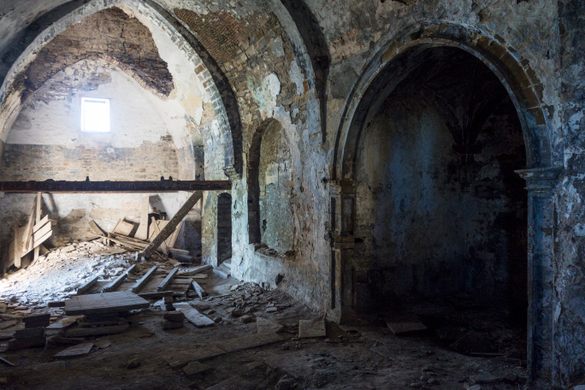
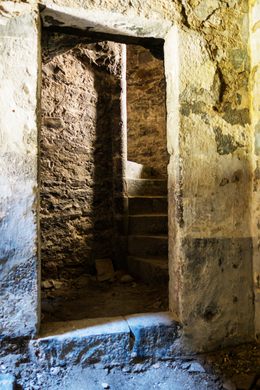
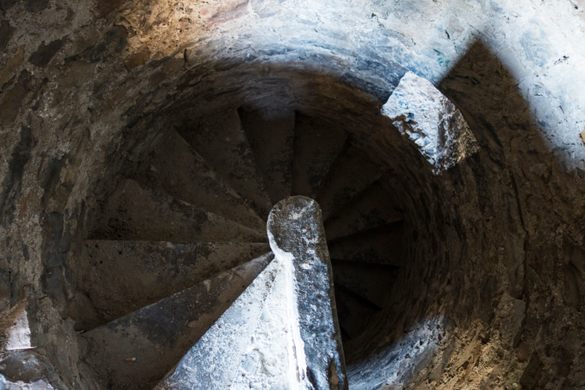








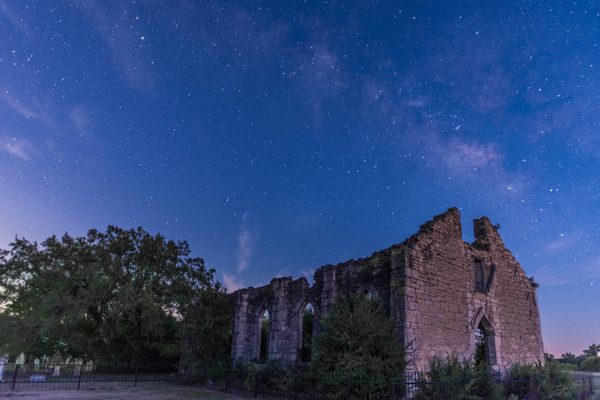


Follow us on Twitter to get the latest on the world's hidden wonders.
Like us on Facebook to get the latest on the world's hidden wonders.
Follow us on Twitter Like us on Facebook